Generic 61-Key Lighting Piano Keyboard MK825 Vinyl
Price:
Le6,257 Original price was: Le6,257.Le5,495Current price is: Le5,495.
NOTE: We use the NEW LEONES (NLe) Currency on this Website.
ENJOY FAST DELIVERY
Enjoy Fast, Reliable, and On-Time Products Delivery in all parts of Sierra Leone.
Estimated Delivery Date Might be LESS or EXCEEDED the Due Date Given Below.
Estimated Delivery Date: 24 Dec 2025
NEED SOLAR INSTALLATION?
We do Home & Sites Solar System Installation............Click Below
Generic 61-Key Lighting Piano Keyboard MK825 Vinyl
Price:
Le6,257 Original price was: Le6,257.Le5,495Current price is: Le5,495.
NOTE: We use the NEW LEONES (NLe) Currency on this Website.
ENJOY FAST DELIVERY
Enjoy Fast, Reliable, and On-Time Products Delivery in all parts of Sierra Leone.

CONTACTLESS DELIVERY
Your delivery will be left at your door, valid for customers in Freetown only.
NEED SOLAR INSTALLATION?
We do Home & Sites Solar System Installation............Click Below
Estimated Delivery Date: 24 Dec 2025
Generic 61-Key Lighting Piano Keyboard MK825 Vinyl
Price:
Le6,257 Original price was: Le6,257.Le5,495Current price is: Le5,495.
NOTE: We use the NEW LEONES (NLe) Currency on this Website.

Enjoy Fast Delivery
Enjoy Fast, Reliable, and On-Time Products Delivery in all parts of Sierra Leone on Kalox.
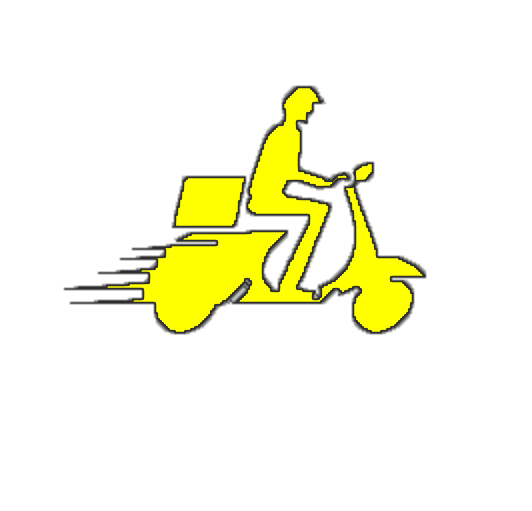
Contactless Delivery
Your delivery will be left at your door, valid for customers in Freetown only.
Estimated Delivery Date Might be LESS or EXCEEDED the Due Date Given Below.
Estimated Delivery Date: 24 Dec 2025
NEED SOLAR INSTALLATION?
We do Home & Sites Solar System Installation............Click Below

On-Time Delivery
Sierra Leone’s best and most Reliable Products Delivery Services.

Open a Bank Account
Get unlimited access to your Bank Account anywhere, anytime. Open a Bank Account Online in less than 20 Minutes.

Kalox Academy
kaloxacademy.com make online learning and teaching more effective with active participation and student collaboration.

Kalox Studio
We specialized in paid advertising, web design/development, video editing, video and photography, graphic design, Text, Audio, Video Transcription, and Commercial Animation Videos.
Highlights
- The stylish appearance and solid construction will keep your instrument against scratches and dirt
- Consists of 255 rhythm
- Made with premium quality material, therefore accounts for prolonged usage
- 61 Key lighting piano keyboard with LCD display and 255 timbres and 255 rhythms
- 50 demonstration songs and keyboard percussion and master volume and accom volume and tempo control
Overview
Specifications
| Material | Plastic |
| Product Weight | 4.4 KG |
| Colour Name | Black |
| Music Format | Vinyl |
| Skill Level | Beginner |
| Product Length | 50 Cm |
| Product Height | 9 Cm |
| Product Width/Depth | 40 Cm |
| Attribute Key | LCD Display, Keyboard Percussion, Master Volume, Accom Volume, Tempo Control |
| Attribute Value | Yes, Yes, Yes, Yes, Yes |
| Model Number | MK825 |
| Number Of Keyboard Keys | 62 |
| Weight | 4 kg |
|---|---|
| Dimensions | 50 × 40 × 9 cm |




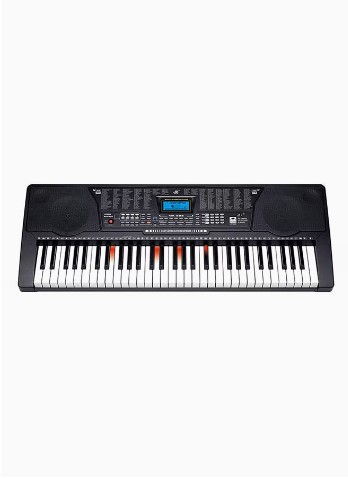
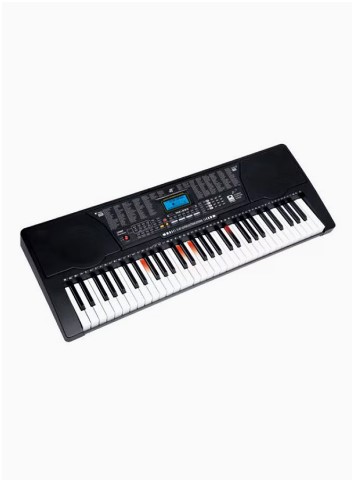

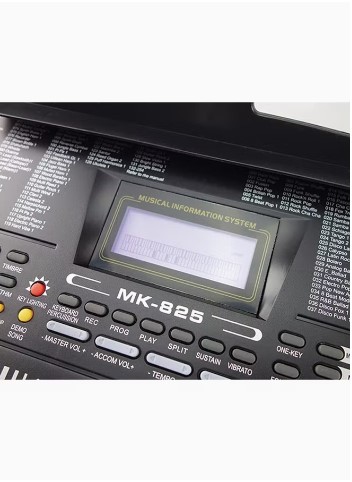

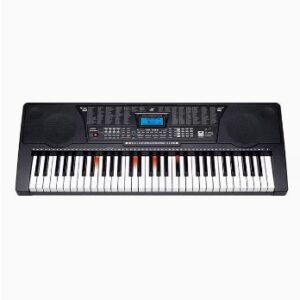
Reviews
There are no reviews yet.